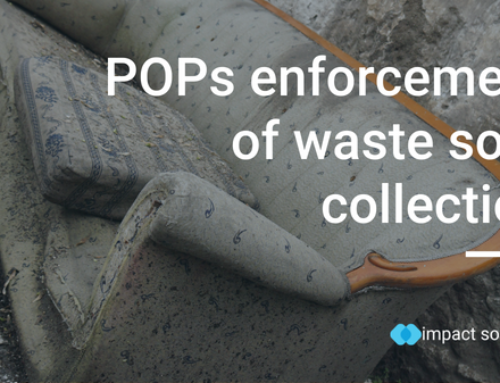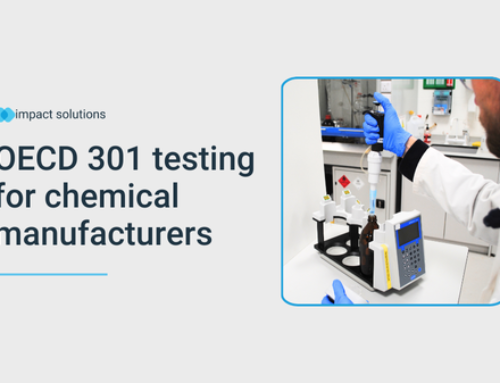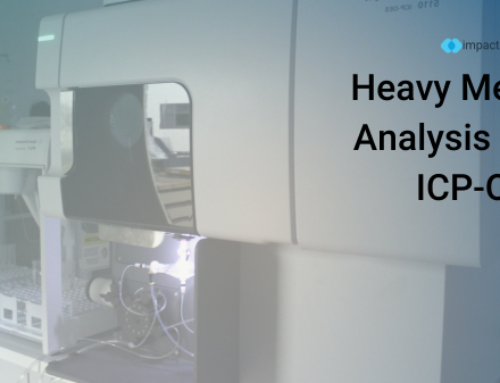How to Test your products for RoHS compliance as per European Union’s Directive 2011/65/EU and 2015/863 – a 24hour turnaround Certificate
The Reduction of Hazardous Substances program or else RoHS mission is to restrict the use of toxic elements and substances in electronic and other products that can harm the environment, human and or animal health. RoHS is a program initially generated by the European Union (EU RoHS Directive 2011/65/EU), but more countries around the world have now introduced a similar program like China, UAE, Turkey, USA, etc.
The harmful chemicals of interest and their accepted limits are shown in Table 1 below:
Table 1. The RoHS restricted elements and chemicals in electronic goods (EU RoHS Directive 2011/65/EU)
| Chemical/Element | Max accepted limit, parts per million (ppm) |
| Lead (Pb) | 1000 |
| Mercury (Hg) | 1000 |
| Cadmium (Cd) | 100 |
| Hexavalent Chromium (Cr6+) | 1000 |
| polybrominated biphenyl (PBB) | 1000 |
| polybrominated diphenyl ether (PBDE) | 1000 |
The latest RoHS amendment restricted the use also of a series of phthalates like DBP, DEHP, DIBP & BBP, mainly used as fire retardants in electronic products.
Plastic was, is, and will be the main building block for all electronic and electrical products. Also, the increased need for plastic recycling and recovering has rendered the RoHS directive an essential tool for the whole plastic chain covering the full life cycle of all products (not only the electronics).
For many plastic recyclers, compounders, and product manufacturers, the sometimes-complicated RoHS directives could confuse, can be difficult to follow, and be expensive to monitor and test. In this article, we present the simple steps followed to test if a product or recycled plastic meets the RoHS regulations.
The tests are divided into two categories, the 1st category is heavy metals and the 2nd category is brominated compounds and phthalates. Heavy metals are commonly tested using the inductive coupled plasma – optical emission spectroscopy system (ICP-OES). This unit is so powerful that can reveal the levels of toxic elements with parts per billion resolution in just 2 minutes. The ICP-OES method is used internationally and covered by globally accepted methods like the EPA 3050, BS EN 1122, etc. The ICP-OES could also reveal the presence of bromine elements and indicate the need for further testing for polybrominated compounds.
Furthermore, the brominated chemical compounds and the phthalates are tested via the gas chromatograph-mass spectrometer (GCMS) method. GCMS is the most sensitive technique able to reveal any additives, volatiles, and harmful organic materials even in one per trillion resolution. The use of GC-MS on phthalates and other harmful chemicals is standardized worldwide and included in the EPA standards: EPA METHODS 8061A, 8270E, etc.
As a result, for a full RoHS assessment tests, only two standard techniques are required. The tests are carried out usually in a laboratory that operates under the strict quality regulations of ISO 17025:2017. In Impact Solutions, we use state-of-the-art fully automated ICP-OES and GCMS units and along with the latest technology sample preparation equipment we can provide results even in a 24-hour turnaround (!!). The above, when combined with the great experience of our Analytical Chemistry Team and our strict quality control system covered by ISO 17025:2017 make us a unique testing hub for all the analytical and any other testing requirements.
Contact us today to learn more, and be sure to follow us on Facebook, LinkedIn and Twitter.





